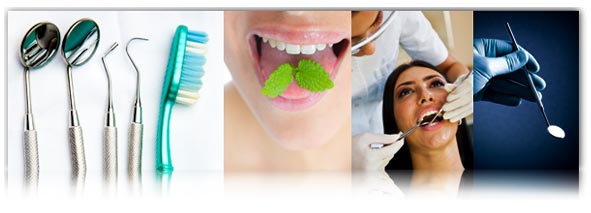
Dental Phobics Find Relief with Sedation Dentistry
Do you grapple with the fear of visiting the dentist? You’re not alone; odontophobia, or dental anxiety, is a prevalent sentiment shared by approximately half of all Americans.
The unease associated with dental visits can be a significant barrier to receiving essential oral healthcare. However, there’s good news – modern dentistry offers a comforting solution in the form of sedation dentistry, which transforms dental experiences into relaxed, anxiety-free journeys toward a healthier smile.
The Weight of Dental Anxiety
The fear of dental visits transcends mere inconvenience; it can be a powerful deterrent, preventing individuals from seeking the oral healthcare they genuinely need. Many dentists recognize this predicament and strive to create a more comfortable environment for their patients, ensuring they feel at ease while undergoing dental treatments.
Types of Sedation

IV Sedation– Intravenous (IV) sedation offers sedatives that are delivered via an injection to the blood vessels of the hand or arm.
This method is safe and effective but is being replaced by more appealing methods that do not require needles.
Oral Sedation– Oral sedation is now the most popular form of sedation in the United States and Canada because of its ease of use and lack of needles.
Many dentists are licensed to provide oral sedation and will administer medication that allows patients to have a minimally depressed level of consciousness.
Administration under such an experienced sedation dentist makes this process both safe and effective in getting patients through their visit.
Oral sedation dentistry, unlike general anesthesia, does not leave you completely asleep. Patients still breathe independently and they can still respond to verbal commands.
Traditional Modalities of Inhalation– Nitrous oxide or “laughing gas.”
Although sedation may increase your threshold for pain, many dental treatments still require the use of a local anesthetic to be injected into the mouth to block pain impulses from the affected teeth and gums.
This occurs after you have been sedated and comfortable, and most likely will not bother you during the injection or after the treatment.
Not all dentists are qualified to administer sedation so it is wise to choose one who is both qualified and experienced.
While most states require training and/or a permit for sedation dentists, only a few — for example Missouri and West Virginia — demand that the dental team also possess this expertise.
However, many sedation dentists provide extra training to their teams without being requested to do so, and there are good reasons for this.
Sedation teams are responsible for monitoring patients’ vital signs using equipment like a pulse oximeter with a blood pressure monitor. They can also recognize and respond to potential emergencies.
In any case, don’t hesitate to ask your dentist about what training the office has received. You should also inquire how many sedation cases have been performed.
Advantages of Sedation Dentistry
Dental procedures that may require long operation times are made easy through sedation dentistry. Aside from keeping you comfortable, you will not be as tired after a long procedure.
The effects or sedation fade after a couple of hours so it is easy to get back into your normal routine and eliminates the need for missed work days or time off from school following a dental appointment.
Additionally, more complex dental procedures such as a smile makeover or extensive rebuilding procedures that normally require multiple visits can often be performed in fewer appointments.
So any reluctance patients may have to undergo more complicated cosmetic or restorative dental procedures can be done comfortably so that you can get the smile you have always wanted.
Also, sedation dentistry allows those patients who would normally avoid getting routine maintenance (most recommend bi-annual visits) more likely to receive recommended routine care.
The neglect of one’s oral health is much less likely to build to up a point where oral health problems require drastic dental treatments to become troublesome.
Getting oral care no longer has to be an uncomfortable, frightening or painful experience. Oral sedation dentistry allows the patient to have a minimally depressed level of consciousness and you and your dentist will have open communication.
In conclusion, seeking oral care no longer has to be an intimidating, daunting, or painful experience. Oral sedation dentistry empowers patients to achieve a minimally depressed level of consciousness while ensuring open communication with their dentist. Rest assured, your vital signs will be closely monitored throughout the procedure, creating a safe and tranquil environment for your dental journey.
